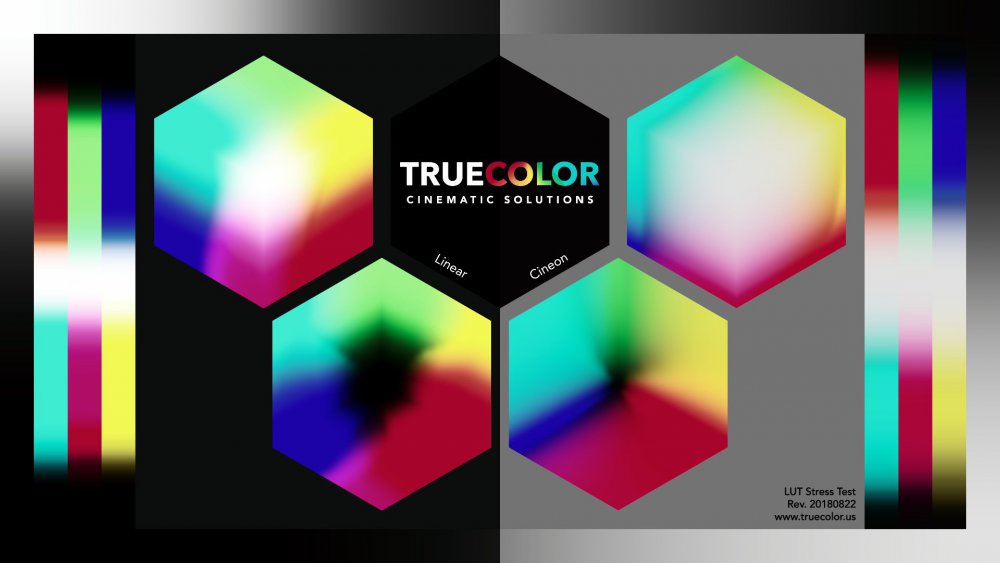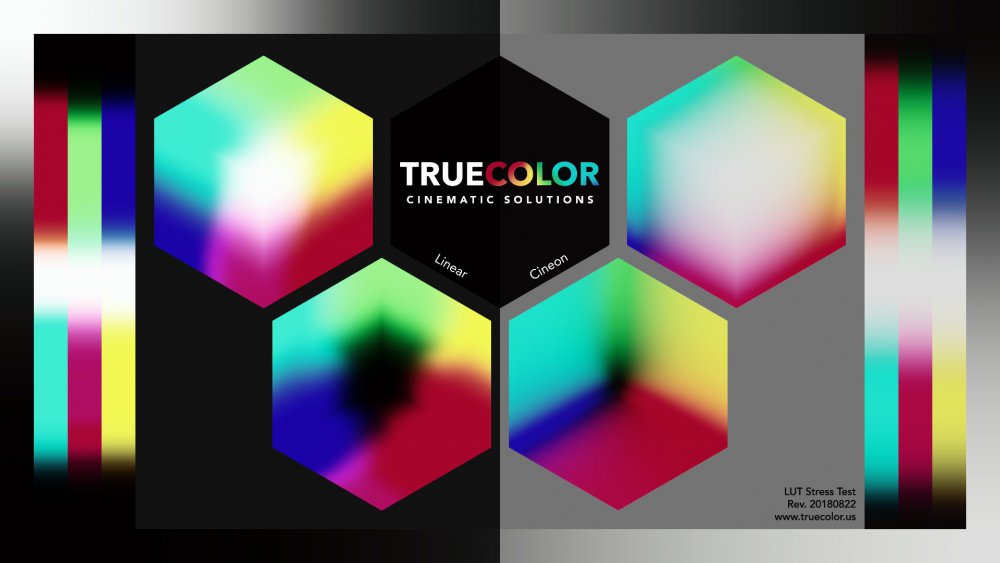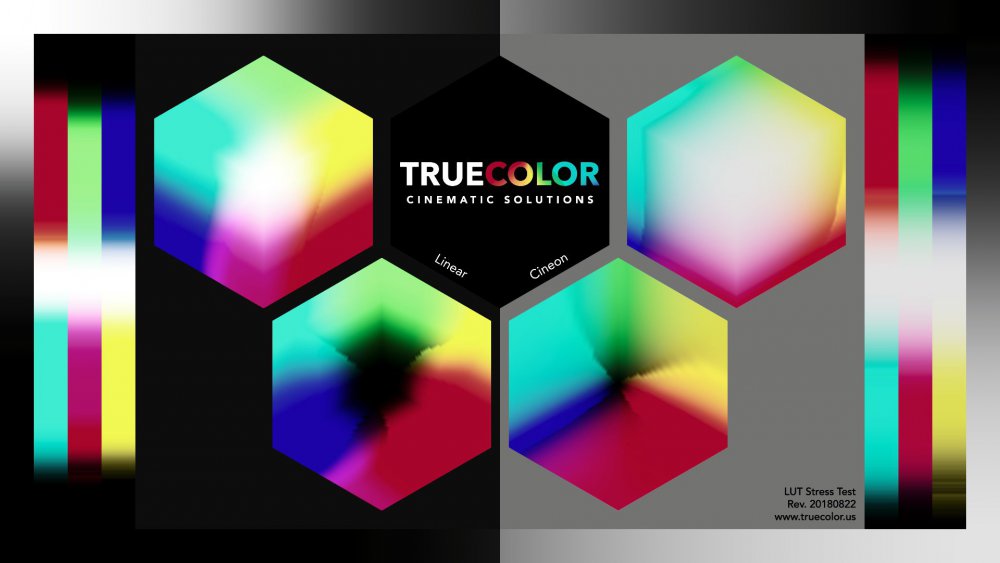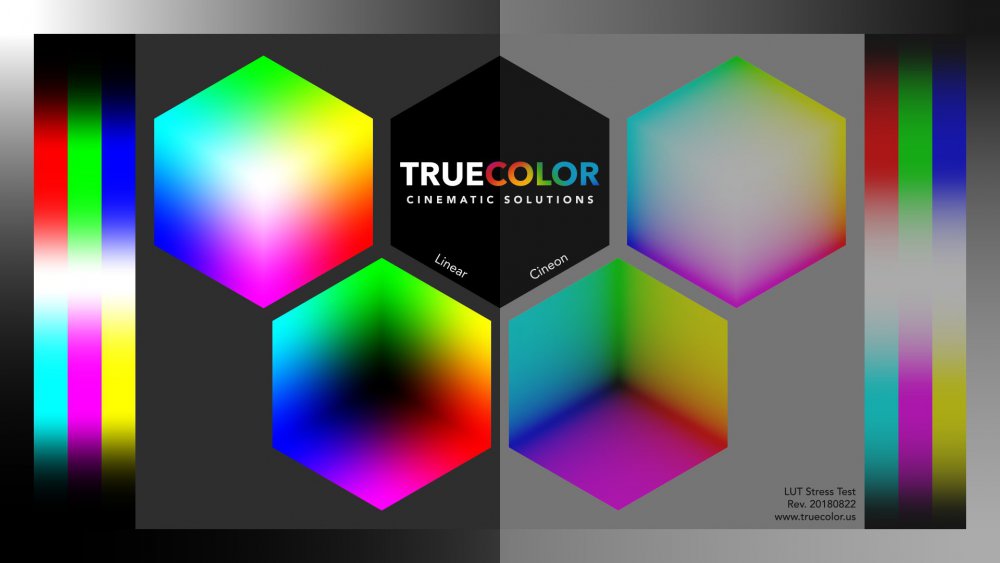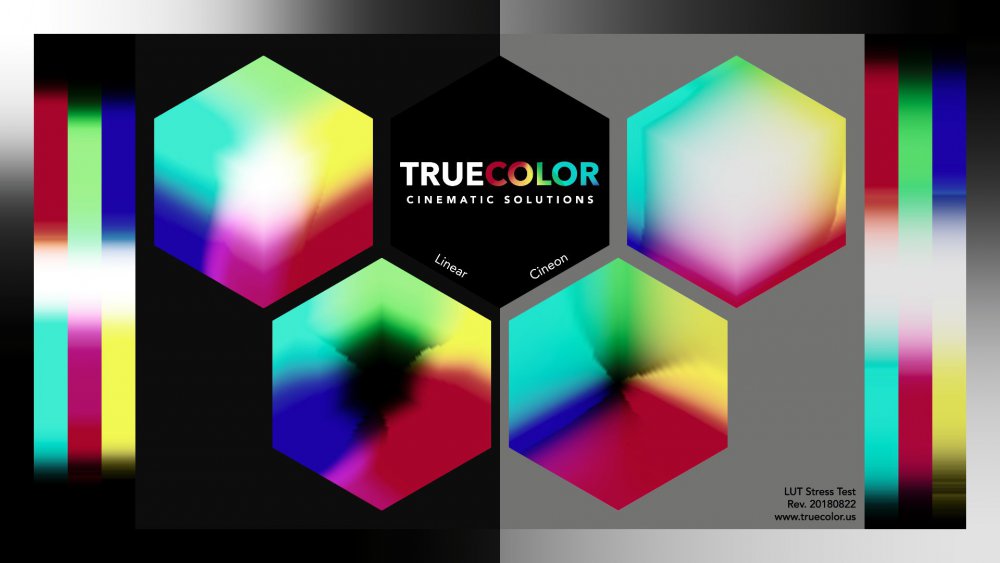
Attila Bakos
Members-
Posts
519 -
Joined
-
Last visited
Content Type
Profiles
Forums
Articles
Everything posted by Attila Bakos
-
It's an old i7-3770. One of the reasons I use Matlab is that many of it's commands are internally multi-threaded, it saves me a lot of time, especially with this old machine.
-
Yeah, it's pretty far from being accurate. I wonder how they do their conversions on the fly, and what precision they use. When I build my camera matching LUTs it takes 1-2 minutes with all cores used to the maximum to build a size 65 LUT, they do it in a second or so.
-
I just tested it on some Sony A6300 S-Log2/S-Gamut3.cine and Fuji X-T3 F-Log/F-Gamut clips and if you're after a precise conversion, the results are far from great. It can still be a timesaver though.
-
Looks like they got inspired by 3D LUT Creator: https://youtu.be/UxZxFWmTYg8
-
Just finished a new tool, it does what the title says. It's in beta, bugs are possible. [CLICK HERE] Fuji just released the Bleach Bypass LUT, which has some weird transitions, so I'll use it as a demonstration. This is the stress test image I'll use: See what happens when you apply the Bleach Bypass LUT: Now I use my tool in "box" mode with 1 iterations to create a new LUT: This is "box" mode with 5 iterations: More details on the site.
-
A simple LUT smoothing fixes it, it's easy to do in Matlab, but I couldn't create an online version yet. It's on the todo list
-
-
FLog uses the color space defined by Rec.2020.
-
You are right, and you are a gentleman, because you didn't mention, that for ultimate precision your LUT is still the way to go. A matrix can get you close when you're lucky, but to transform all the color tweaks of a manufacturer, a 3D LUT is still the way to go.
-
It's amazing how close you can get with a simple matrix, as you really need some luck too, given how matrices work.
-
European price: FUJI X-T4 1.799 Euro FUJIFILM X-T4 + FUJINON XF18-55mmF2.8-4 R LM OIS 2.199 Euro FUJIFILM X-T4 + FUJINON XF16-80mmF4 R OIS WR 2.299 Euro
-
Nice work, although 14000 data points sounds like overkill to verify a 3x3 matrix
-
Try exiftool. I believe that there's a FilmMode tag that has the info you need.
-
I can see why he needs raw, wb is totally off 😄
-
I think I'll buy the X-T4 so I'll add Classic Neg to the Colorizer X-T3 F-Log LUT Pack, IF Fuji didn't change F-Log implementation again. But I hope it comes to the X-T3 as well, I'd like to have it on photos straight out of cam.
-
It's another film simulation, you either love it or not, nothing really special about it from a video shooter's perspective.
-
Even though rumors said Classic Neg is coming to the X-T3 via fw update, a Fujifilm manager could not confirm that: https://www.fujirumors.com/fujifilm-manager-about-full-frame-vs-aps-c-firmware-updates-for-x-t3-dslr-vs-mirrorless-and-talking-fujifilm-x-h2-is-like/
-
Since 16.1 it's possible in the studio version. It's under Workspace -> Video Clean Feed.
-
Did you try DR400? Or use F-Log and create any kind of rolloff.
-
There is a lesser known one node solution to this: https://www.eoshd.com/comments/topic/41483-the-video-that-shows-blackmagic-pocket-4k-raw-image-quality-is-same-as-gh5s-400mbit/page/4/?tab=comments#comment-336234
-
I have some experience with that, one of my LUT packages is based on measurements from an A6300 (S-Log2). Without going into details, I think you can create a product that satisfies most people, but it won't be up to your standards.
-
You already know the difference in specs, but do you want to shoot log? If yes, then the X-T3 is highly recommended over the X-H1.
-
Changing gamma and color space with the right-click menu on the node only works if your timeline gamma and colorspace is set according to the clip you're viewing. So if you're viewing an F-Log clip, and you're timeline is set to Fujifilm F-Log, you can right click the node, set gamma to linear and adjust exposure with the curves the way I described before. It will be like a node between two colorspace transform nodes, but compressed to one node. But what do you do when you have clips from multiple cameras? I like the color space transform plugin better because I can see better what's happening. And sometimes you want to see what's happening between the transformations, in our case the linearized image. When you use the one-node method you don't get to see that, you only see the output of that node.
-
To anyone wondering about exposure controllers in Resolve: You can use the offset wheel in ACES, it's very close to a true exposure controller, but only in ACES. In normal Davinci YRGB mode you can linearize the clip using the Color Space Transform plugin, and once in linear mode you just grab the top right part of the curves and grab it along the top or right border. Because you're in linear mode this will be simple multiplication, so it's an easy way to control exposure. Then you use the same plugin to convert back to log.


